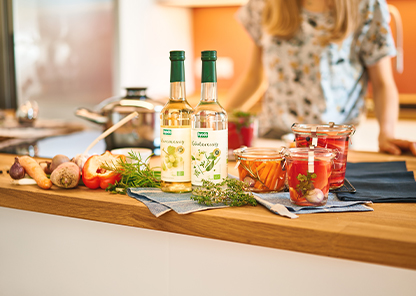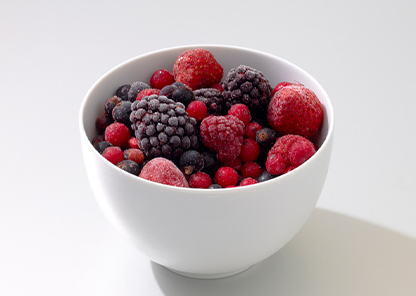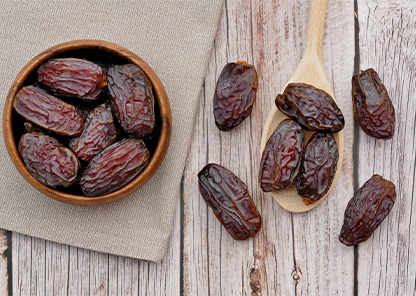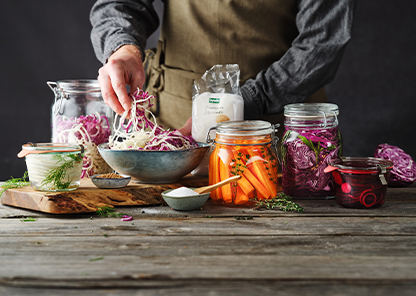Practical tips for the kitchen
Tips, tricks and methods for the optimal preparation and preservation of food
Shining in the kitchen is not only about creating delicious dishes, but also about getting the best out of ingredients and maximizing their shelf life. It is more important than ever to use food efficiently and sustainably. Our tips on preparing and preserving food will help you with this.
Preparation methods
In the kitchen, there are endless possibilities for transforming food into delicious dishes and intensifying their flavors. Let our tips inspire you and perfect your cooking skills.
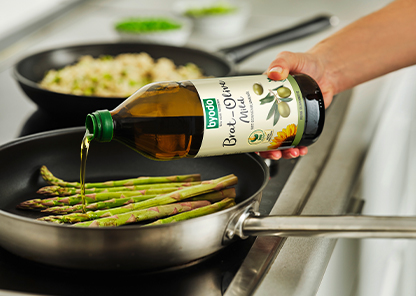
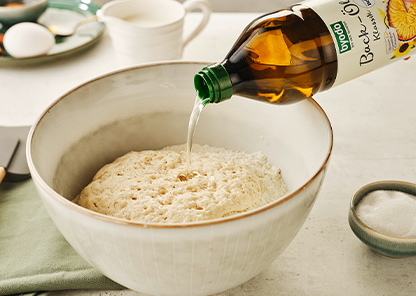
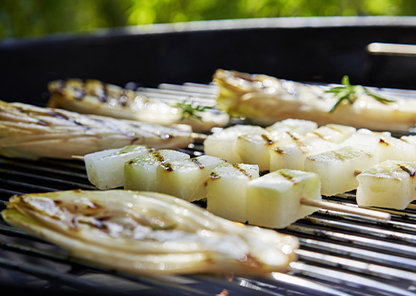
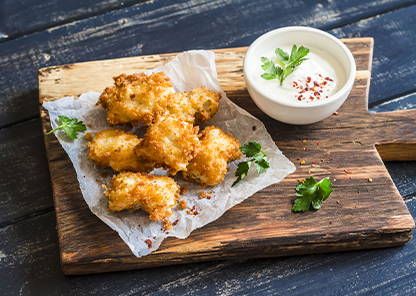
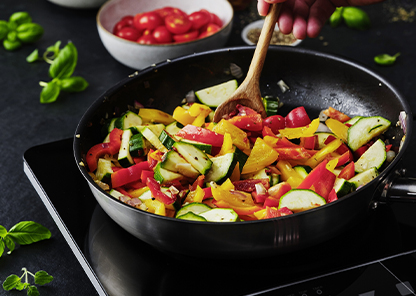
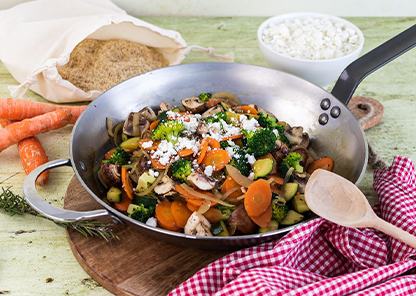
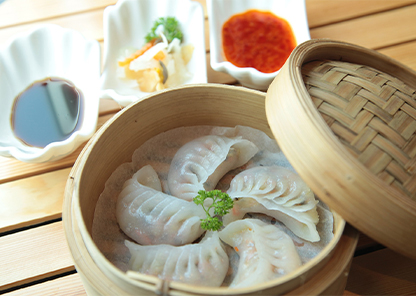
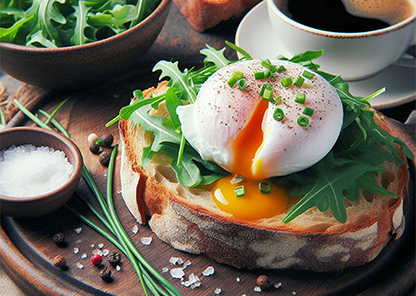
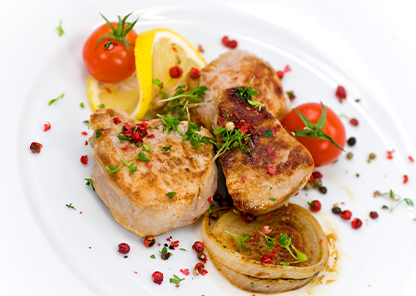
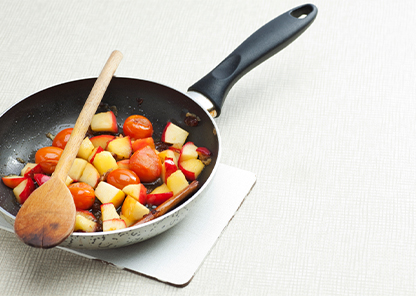
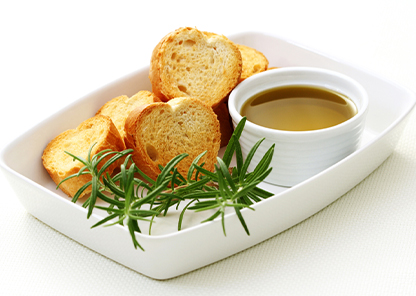
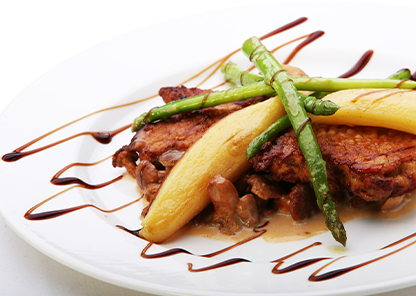
Preserving
Preserving is more than just a method – it is an excellent way of preserving the freshness and taste of food naturally over a long period of time. The great thing about preserving food is that the full flavor of the food is retained and you can access your stock of preserved food at any time.
